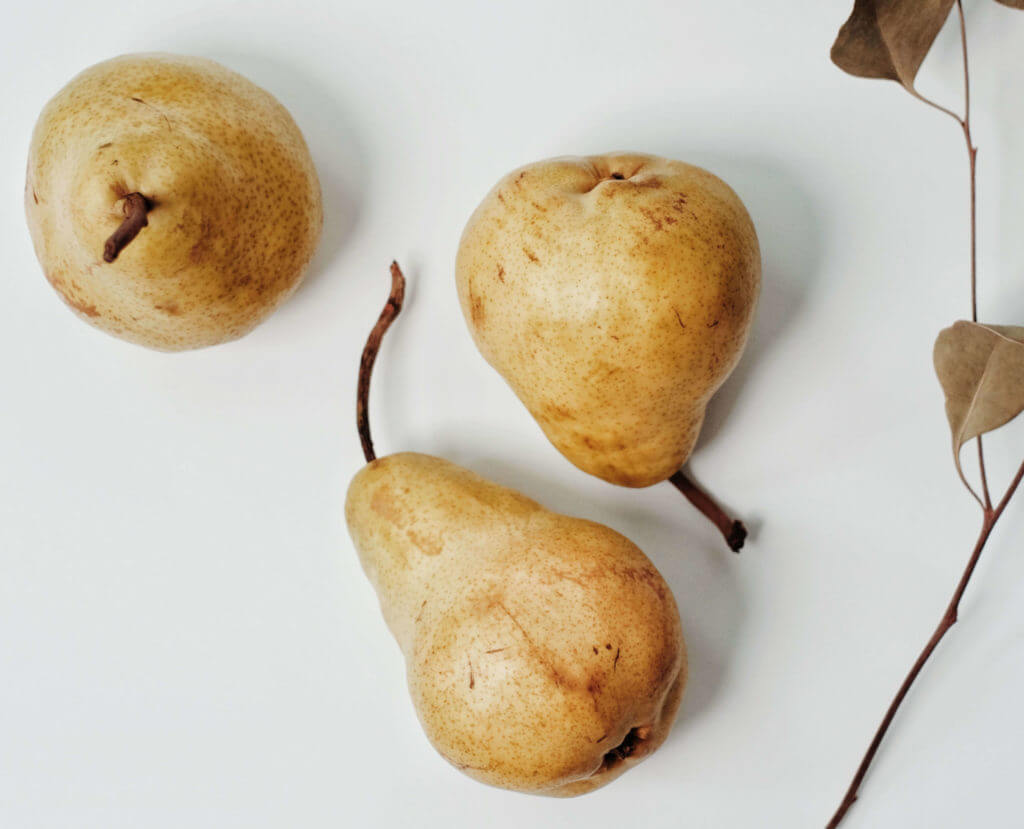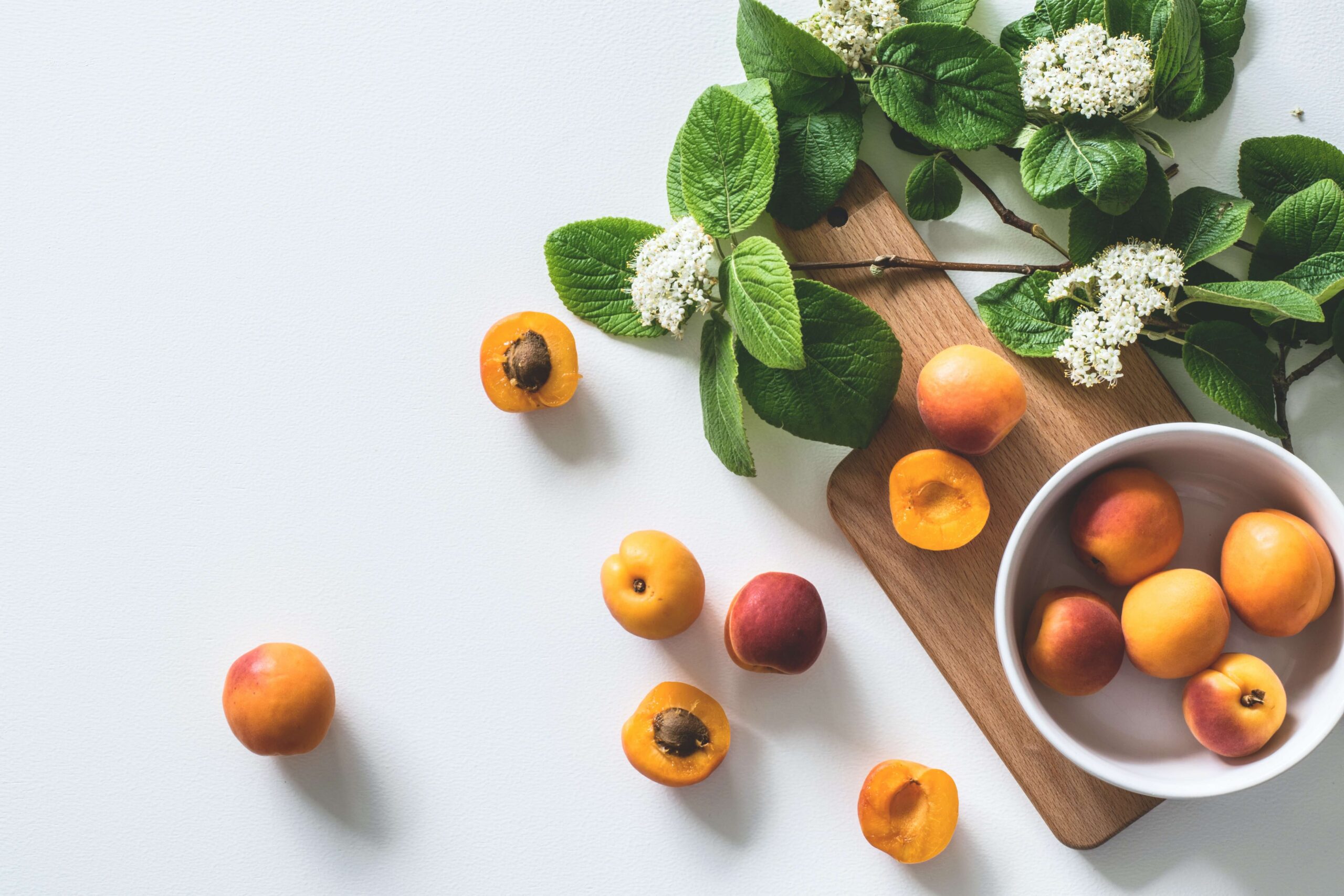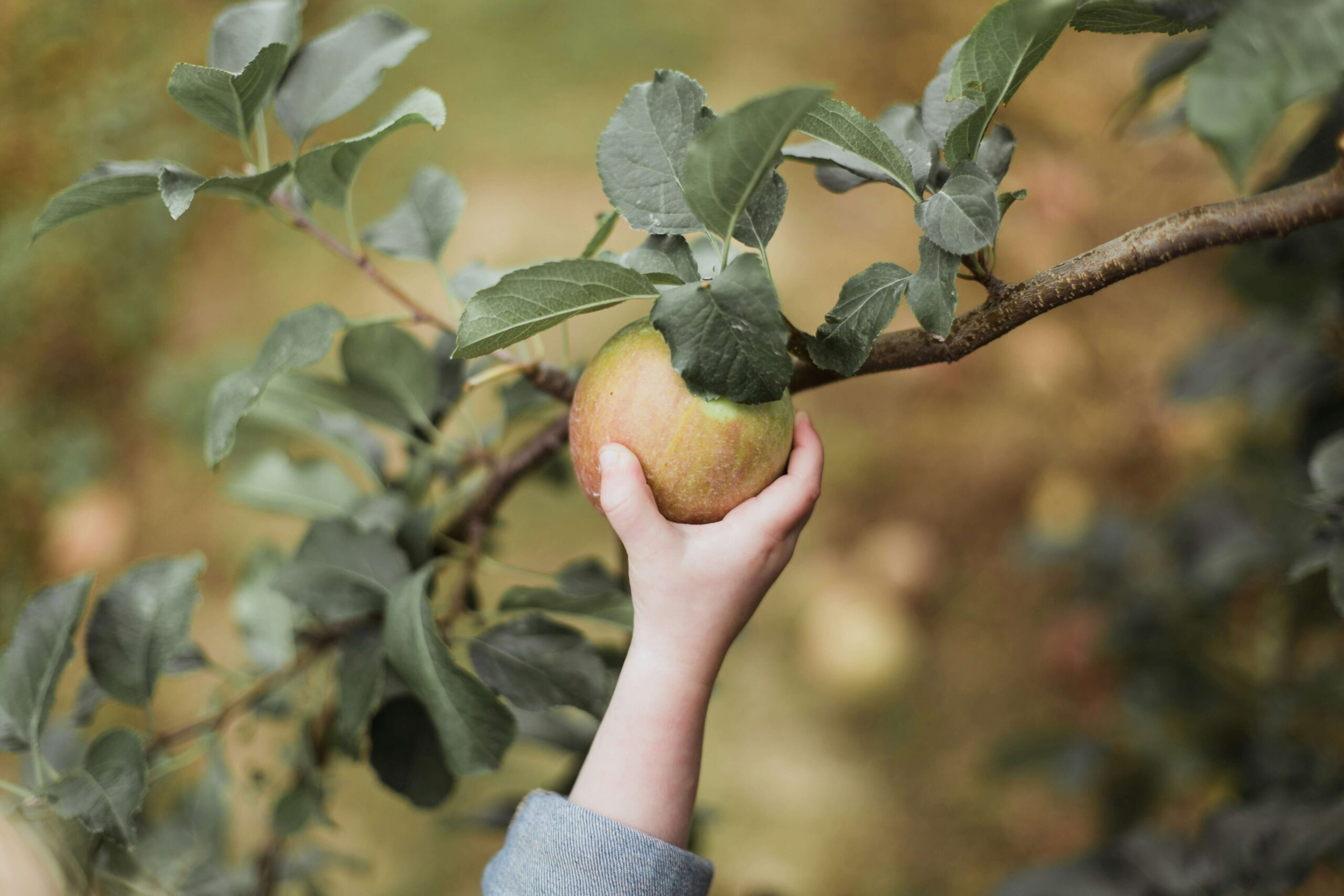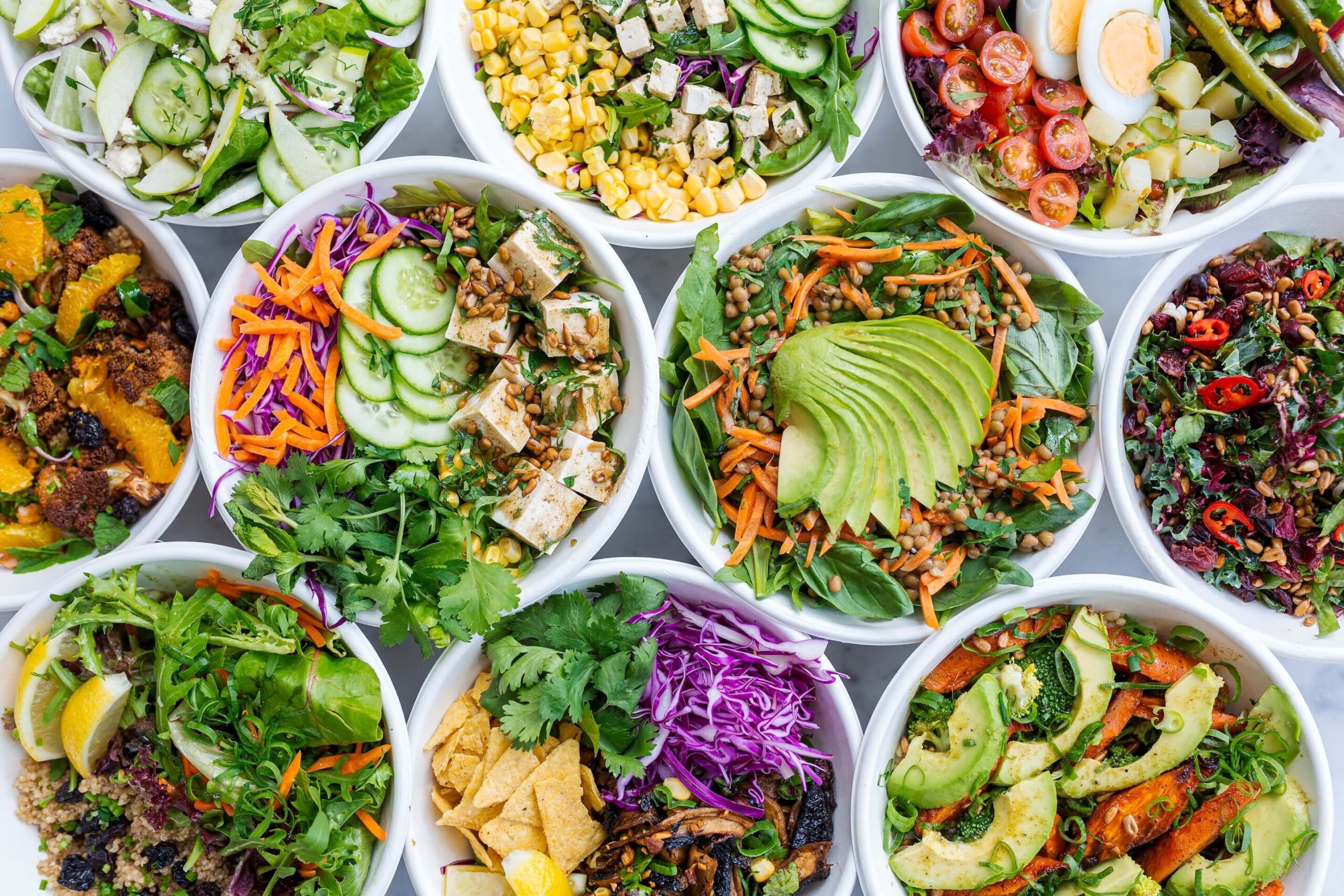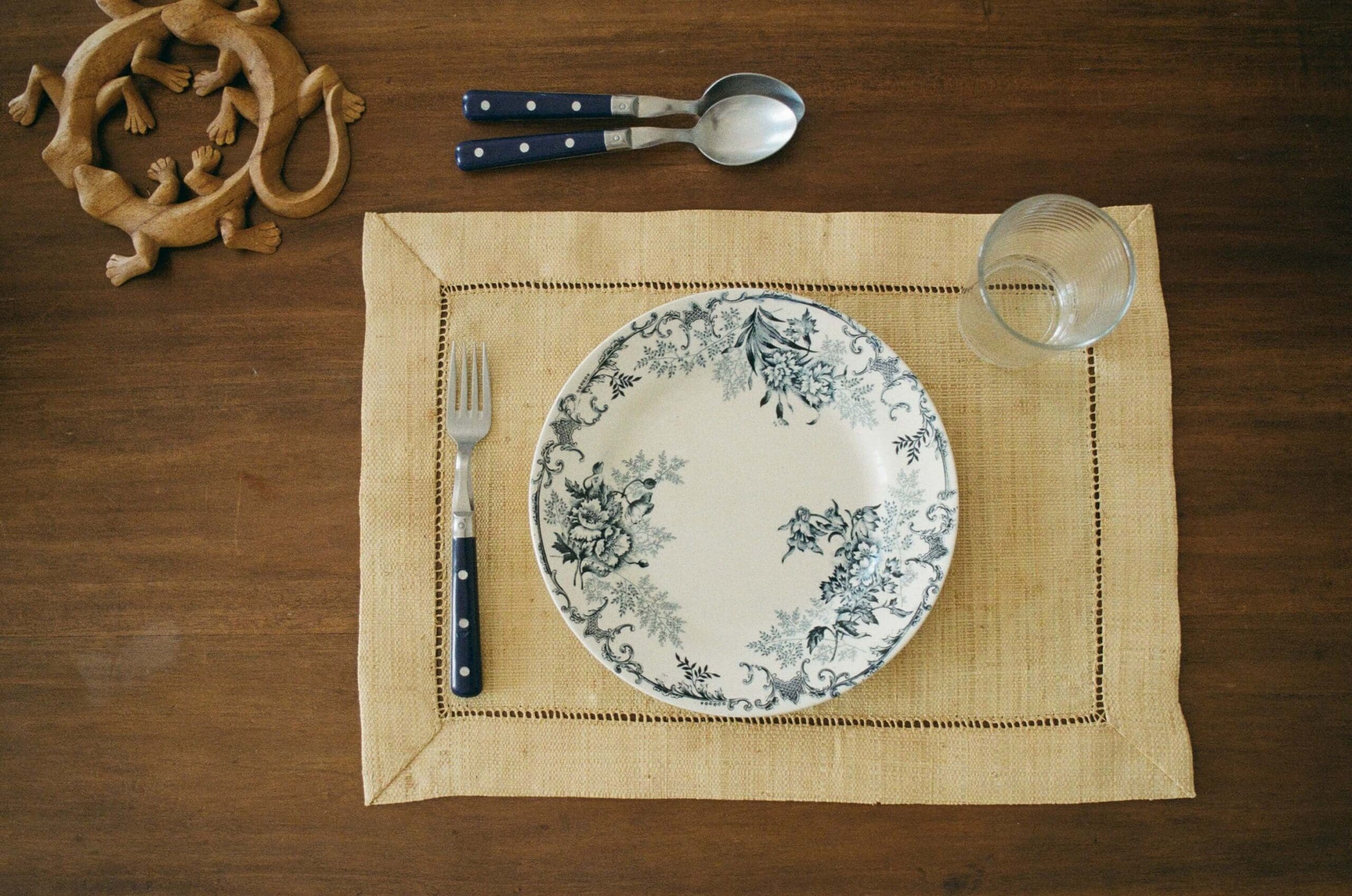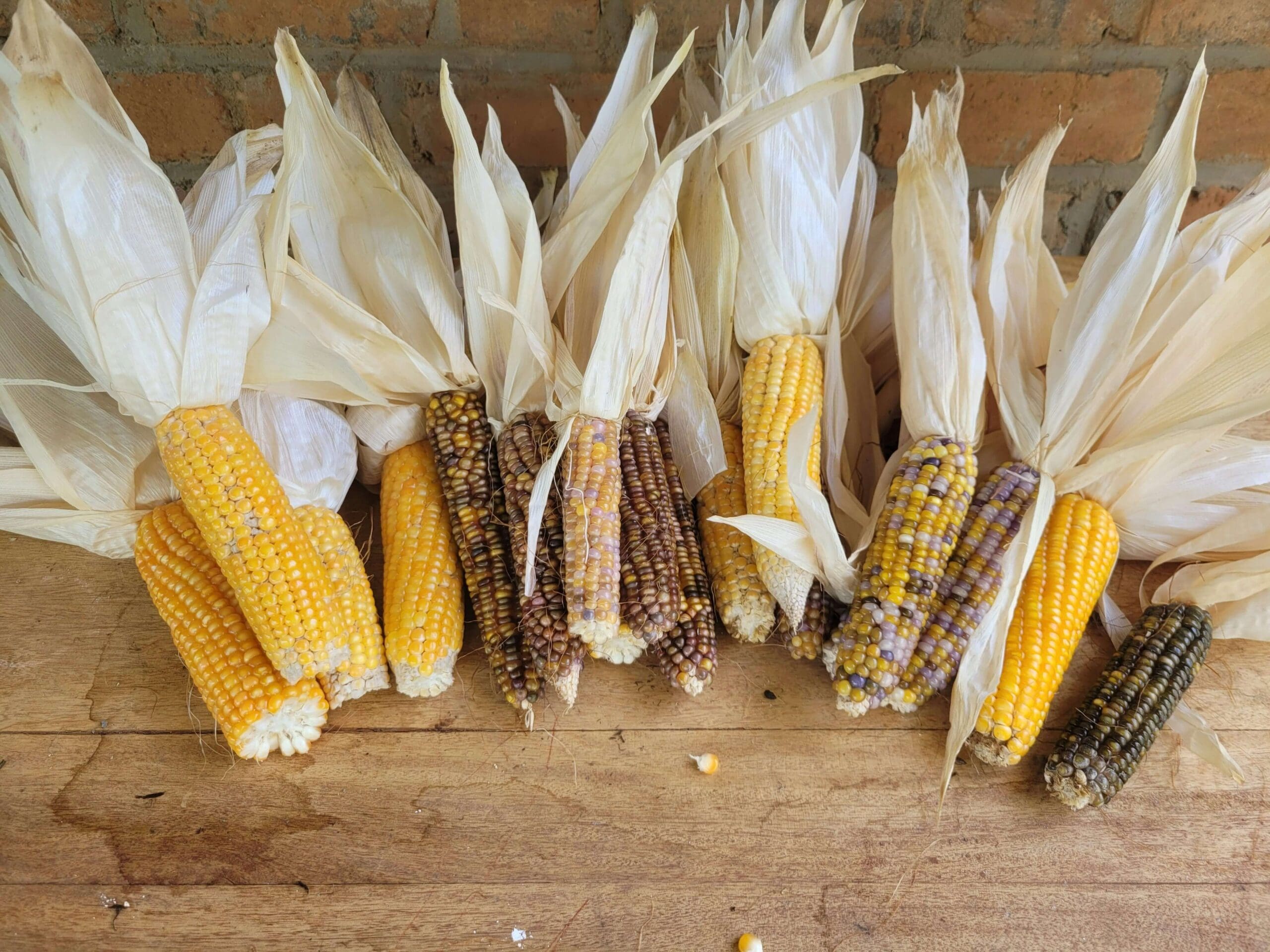You may have heard that cancer is preventable, and the good news is that research backs this up. While cancer is complex and unfair, there are real steps you can take right now to lower your risk.
As your oncology dietitian, I have guided hundreds of survivors through this exact process. In this article, I will share nine proven ways to reduce your cancer risk so you can feel confident and empowered.
You do not need to be perfect. You just need to start where you are and build from there.
Fuel Your Body with Confidence During Treatment
If you’re in treatment and tired of conflicting food advice, The Clean Scan Plan gives you clarity and calm. Learn what truly supports your strength, energy, and healing without restriction or overwhelm.
Understanding Cancer Prevention
Cancer prevention means taking action to lower your chances of developing cancer. Between 30 and 50 percent of all cancer cases are preventable.
The American Institute for Cancer Research found that 42 percent of cancer cases in the United States are linked to modifiable risk factors. These are things you can control, like what you eat, how much you move, and whether you smoke.
Why Prevention Matters
The American Cancer Society reports that the overall cancer death rate has dropped 33 percent from 1991 to 2021, saving over 4.1 million lives. This progress happened because people made healthier choices and accessed better screening. One of my clients told me that learning these prevention steps gave her back a sense of control she thought was lost forever.
1. Fill Your Plate with Fruits and Vegetables
Plants are your body’s best defense against cancer. Fruits and vegetables are packed with fiber, vitamins, minerals, and phytochemicals that protect your cells from damage. In my programs, I show survivors how eating more plants does not mean giving up the foods they love.
The general guideline is five cups or servings of fruits and vegetables each day. A simple trick is to fill half your plate with fruits and veggies at every meal.
Why Plants Fight Cancer?
Fruits and vegetables contain antioxidants like vitamin C that neutralize harmful free radicals in your body. Different colored plants offer different benefits.
Blue and purple foods like blueberries contain anthocyanins for healthy aging. Red foods like tomatoes have lycopene, which protects your heart.
If you’re ready to stop guessing and get expert guidance tailored to you, apply for VIP 1:1 oncology nutrition coaching with me today.
Simple Ways to Eat More Fruits and Vegetables
- Blend a smoothie with spinach, berries, and Greek yogurt for breakfast
- Snack on baby carrots with hummus or celery with peanut butter
- Add frozen vegetables to pasta, soup, or stir fry
- Top your oatmeal or yogurt with fresh fruit
- Try roasted Brussels sprouts or air fried broccoli
- Add lettuce, tomato, and onion to sandwiches and tacos
2. Eliminate Alcohol
Alcohol increases your risk for multiple types of cancer. When you drink, your body breaks alcohol down into acetaldehyde, a toxic chemical that damages your DNA and prevents your cells from repairing themselves. What I have seen with my clients is that eliminating alcohol is one of the hardest but most impactful changes they make.
How Much Alcohol Is Safe?
Zero drinks per day are recommended for cancer prevention. If you choose to drink, limit it to no more than one drink per day for women and two drinks per day for men. Do not save up drinks to binge on the weekend.
Finding Alcohol Free Alternatives
Try new stress relief methods like drinking hot tea, reading, or going for a walk. Invite friends to alcohol free activities like hiking or hosting a game night. For more information, check out my article on alcohol and cancer risk.
3. Move Your Body Regularly
Regular physical activity is one of the most powerful tools for cancer prevention. Exercise helps with blood sugar balance, heart health, sleep quality, and regular bowel movements.
In coaching, I help clients find activities they actually enjoy so they stick with it long term. The recommendation is 150 minutes of moderate activity or 75 minutes of vigorous activity per week.
Why Exercise Reduces Cancer Risk?
Physical activity is directly linked to lower risk of colorectal, breast, and endometrial cancers. Most Americans spend more than half their waking hours sitting, which increases risk for multiple chronic diseases. If you are new to exercise, start with just 10 minutes a day and build up slowly.
Easy Ways to Add More Activity
- Take a brisk walk around your neighborhood after dinner
- Work in your garden or do housework that gets you moving
- Play actively with your kids or grandkids
- Swim laps at your local pool or do water aerobics
- Try a beginner yoga class online or in person
- Lift light weights while watching TV
- Park farther away from store entrances
- Take the stairs instead of the elevator
This Is Exactly Why I Created the Clean Scan Plan
Stop second guessing every choice you make. Get clear, simple guidance that helps you feel confident about your health decisions to keep your cancer risk and recurrence down.
4. Quit All Tobacco Products
Smoking is the single biggest cause of preventable cancer deaths. The Centers for Disease Control and Prevention reports that 4 out of 10 new cancer diagnoses are linked to tobacco use. Smoking increases your risk for different cancer types. Quitting at any age reduces your risk. Within two years of quitting, your risk of many smoking related diseases starts to drop.
Cancers Linked with Tobacco Use
Tobacco causes cancers of the mouth, throat, voice box, esophagus, stomach, pancreas, liver, kidney, bladder, cervix, colon, rectum, plus acute myeloid leukemia. Cigarette smoke contains over 7,000 chemicals, and at least 70 cause cancer. Even secondhand smoke increases cancer risk for people around you.
5. Limit Processed Foods and Added Sugars
Highly processed foods tend to be high in calories, sodium, added sugar, and saturated fats while lacking fiber. When these foods make up most of your diet, you are more likely to gain weight. Maintaining a healthy body weight is critical because excess weight increases risk for 13 different types of cancer.
Making Healthier Swaps
- Swap sugary soda for flavored water, unsweetened tea, or diet soda
- Pair candy and cookies with protein like cheese or nuts
- When eating chips, add veggies with hummus for extra nutrition
- Look for lower sodium frozen meals or freeze homemade portions
- Keep quick, nutritious options on hand to avoid drive throughs
Tips for Eating Out
Do not starve yourself to save room for dinner out. Opt for a vegetable side instead of fries. Take your time, put your fork down between bites, and listen to your body. Ask for a box when you start feeling satisfied.
6. Avoid Processed Meats and Limit Red Meat
Processed meats like bacon, ham, hot dogs, sausage, and deli meat are classified as Group 1 carcinogens by the World Health Organization. Even small amounts, like one hot dog or two slices of deli meat per day, increase colon cancer risk by 16 percent. Processed meats contain nitrates that break down into harmful compounds.
How Much Red Meat Is Safe?
Red meat includes beef, pork, and lamb. Eating more than 18 ounces per week increases colon cancer risk. A three ounce portion is about the size of a deck of cards. Fill most of your plate with plant foods and use smaller portions of meat.
Plant Based Protein Alternatives
Try beans, lentils, tofu, tempeh, eggs, Greek yogurt, or nuts. Swap your ham sandwich for chicken salad or chickpea salad. Use eggs or beans on salads instead of bacon. Make mini pizzas with chicken or veggie toppings instead of pepperoni.
7. Skip High Dose Supplements for Prevention
Supplements are not regulated by the FDA, and it is easier to get too much of a nutrient from pills than food. As your oncology dietitian, I help survivors understand that taking a vitamin C tablet is not the same as eating an orange. Research shows that high dose supplements do not protect against cancer. High doses of vitamin E have been shown to increase prostate and lung cancer risk.
If You Decide to Take a Multivitamin
Before taking any supplement, always discuss it with your doctor and registered dietitian first.
If a supplement is recommended, choose a reliable brand that’s third-party tested and make sure it doesn’t exceed 200% of the daily value for any vitamin or mineral.
And if you’re receiving cancer treatment, always review supplements with your oncologist to check for possible drug interactions. That said, in my programs, I help you create a nutrition plan that provides your body with what it truly needs through food.
This way, you won’t depend on a cabinet full of pills and powders. When your meals are balanced and full of nutrients, you can feel confident knowing your body is supported, safely, naturally, and effectively.
8. Protect Your Skin from UV Radiation
Skin cancer is the most common cancer in the United States and one of the most preventable. Wearing sunscreen daily, avoiding peak sun hours, and never using tanning beds dramatically reduce your risk. Use sunscreen with an SPF of at least 15 or more and reapply every two hours.
Sun Safety Basics
Use waterproof sunscreen if swimming or sweating. Do not forget areas like the underside of your nose and chin. Even in winter, you are still exposed to UV rays. Wear sunscreen every day. Avoid being outside during the hottest hours, usually between 10 am and 2 pm. Wear wide brimmed hats, sunglasses, and clothing that covers your skin.
Getting Vitamin D Safely
Most people only need about 15 minutes of sun exposure twice a week for vitamin D. You can also get it from fortified milk, orange juice, fatty fish, egg yolks, and mushrooms. If your blood levels are low, your doctor will recommend a supplement.
9. Get Vaccinated and Screened
Certain vaccines can prevent cancers caused by viruses. The HPV vaccine and hepatitis B vaccine are powerful tools for cancer prevention. Regular cancer screenings save lives by catching cancer early when it is most treatable.
How Many of These Should You Follow?
You do not need to be perfect. Research shows that the more of these recommendations you follow, the lower your cancer risk becomes. As your oncology dietitian, I guide my clients to pick one behavior to work on first and build from there.
Starting Small and Building Momentum
Start with the change that feels most manageable. Maybe it is adding one serving of vegetables daily or taking a 10 minute walk after dinner. One of my clients started by just drinking more water and gradually built up to following six of these recommendations within a year.
Join Thousands of Survivors Who Transformed Their Confidence
The Clean Scan Plan gives you the roadmap you have been searching for. Stop feeling lost and start feeling empowered about your health journey after a cancer diagnosis.
Frequently Asked Questions
Can I Prevent Cancer If It Runs in My Family?
Yes even if cancer runs in your family, you can absolutely lower your risk. While genetics play a role, nutrition, movement, hydration, sleep, and stress have a powerful influence on how those genes express.
Following the right daily habits like the nine evidence-based recommendations I teach in this article can make a significant difference in lowering risk and supporting your long-term health. You’re not powerless in your prevention. You just need a plan made for you.
Is It Ever Too Late to Start Prevention?
It is never too late to make healthy changes. Studies show that quitting smoking, losing weight, and improving your diet all provide benefits at any age. Even if you are a cancer survivor, following these steps can reduce your risk of recurrence.
What Is the Single Most Important Thing I Can Do?
If you smoke, quitting is the number one step you can take. It has the greatest impact on reducing risk. The next most powerful choices are to maintain a healthy weight, limit alcohol, and nourish your body through balanced nutrition and movement. Every positive change you make no matter how small adds up to lower your risk and support long-term health.
Inside my programs, I help you take those steps in a way that actually works for real life – from rebuilding habits after treatment to overcoming triggers around food and alcohol. You don’t have to figure this out alone. If you’re ready for structure, support, and a plan made for you, apply now for VIP 1:1 Coaching.
Making It a Family Affair
Your loved ones would benefit from working on these behaviors as well. Make it a family affair to work on being healthier and find ways to make it fun.
My clients do not just read about cancer prevention. They live it with my support. That is exactly what your first step, the Clean Scan Plan, gives you.
References
- https://www.who.int/activities/preventing-cancer
- https://www.aicr.org/cancer-prevention/
- https://www.cancer.org/research/cancer-facts-statistics/all-cancer-facts-figures/2024-cancer-facts-figures.html
- https://www.cdc.gov/cancer/prevention/index.html
- https://www.cdc.gov/vaccines/vpd/hpv/hcp/recommendations.html
- https://www.cdc.gov/mmwr/volumes/74/wr/mm7406a4.htm
